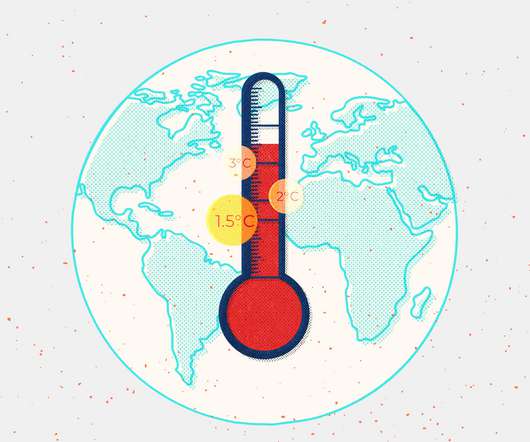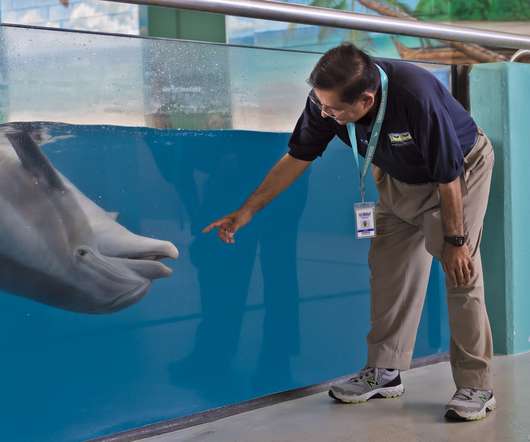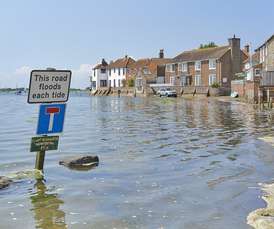Can the world overshoot its climate targets — and then fix it later?
Grist
MARCH 30, 2022
Sea-level rise is also irreversible — the heat collecting in ice sheets and the ocean will continue to drive sea-level rise long after the temperature is stabilized or even lowered. Arctic permafrost — frozen, carbon-rich soil — is thawing and beginning to release the carbon stored within.















Let's personalize your content